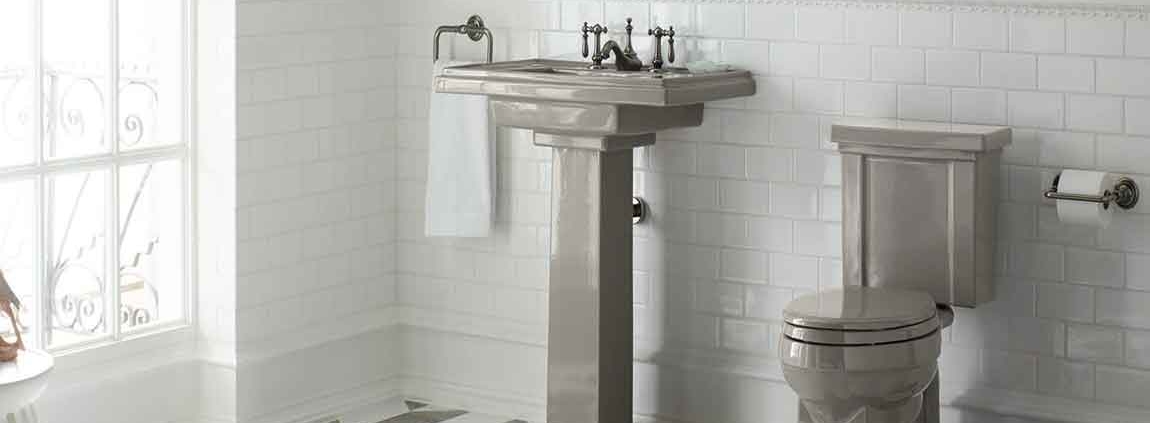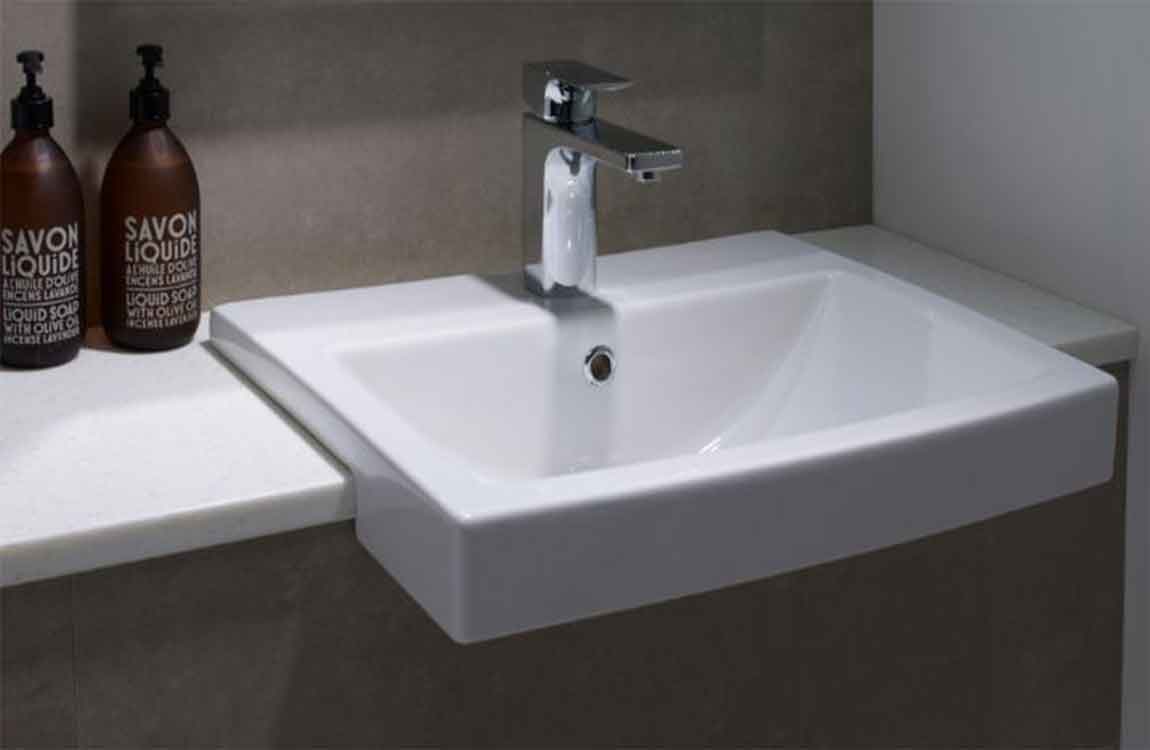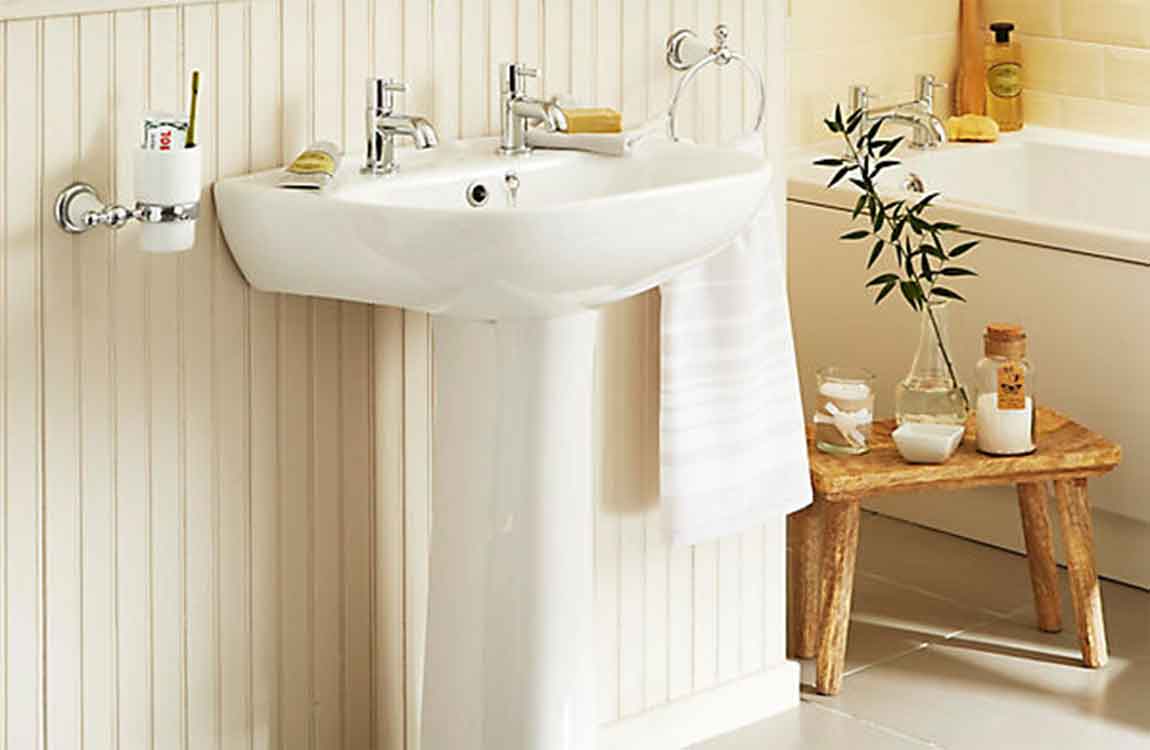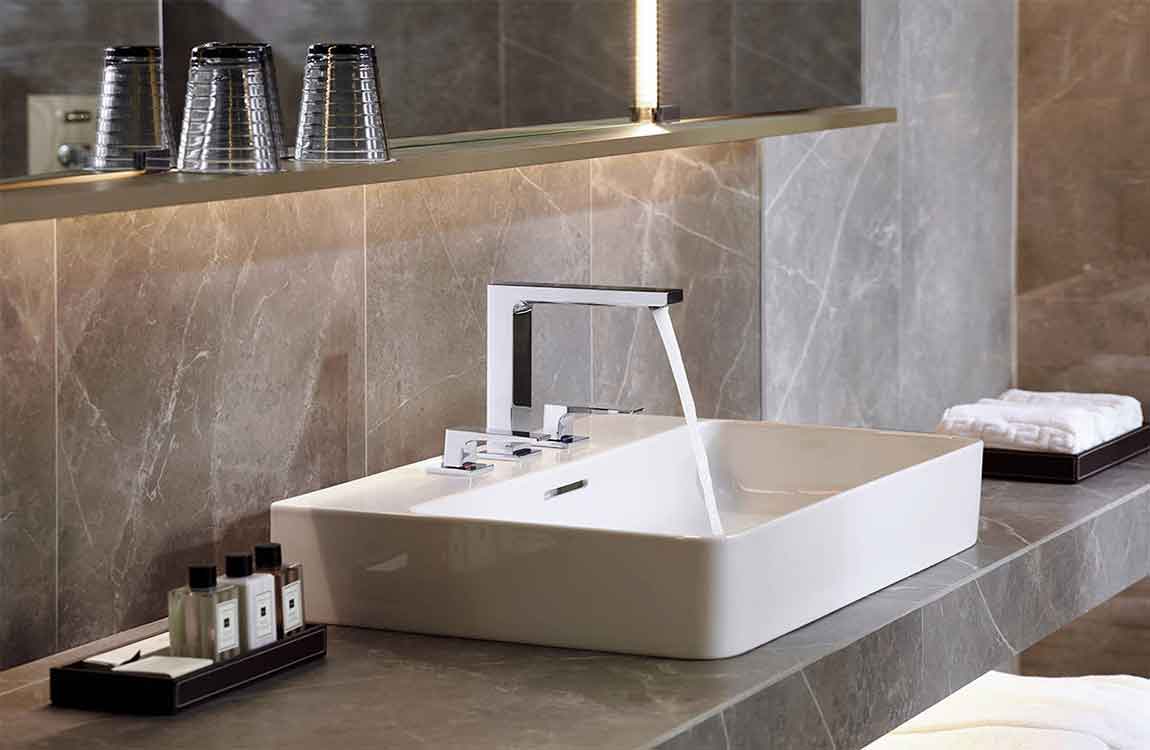How to Clean Hair Out of a Shower Drain?

Unclogging hair from the drain can be gross, but sometimes you have to do it! You can use a snaking tool specifically made for hair clogs or make your own using a wire hanger. Using chemical drain cleaners is also an option if you’d prefer to not mess with tools. If your drain is still clogged after you’ve removed all the hair you can, you may need to contact a plumber.

Use a screwdriver to remove the drain guard. If your shower drain has a guard, you’ll need to take it off to access the actual drain pipe. Insert the tip of a screwdriver into each of the screw heads and twist to the left to loosen them. Then, remove them and set them aside. If the screws are smaller than the holes on the drain, place painter’s tape over the holes to prevent the screws from falling in.

If you have a tub and shower combination, you might be able to remove the drain guard by pressing the guard downward and twisting it to the left. Use pliers or tweezers to remove any visible hair towards the surface. If you see any obvious globs of hair gathered at the top of the drain pipe, use pliers or tweezers to dig it out. Discard the grimy hair into a plastic bag for an easy cleanup.

If possible, use an old pair of tweezers that you don’t use for other purposes. Insert a plastic snake tool all the way into the drain pipe. Insert the end of a plastic drain snake into the pipe until the small handle is at the top of the drain opening. The snake tool looks like a long zip tie with small thorns and a handle on the end. Be careful handling it because the thorns are sharp!

You can buy plastic unclogging tools online or at any home hardware store. If the tool resists going down, try rotating the angle at which you’re pushing the tool into the drain. Pull it out slowly, wiggling it as you pull upwards. Grasp the tool’s handle with your thumb, index, and middle fingers and slowly pull it out of the drain. In order to grasp the most hair, it may help to wiggle and twist it around as you pull it out.








